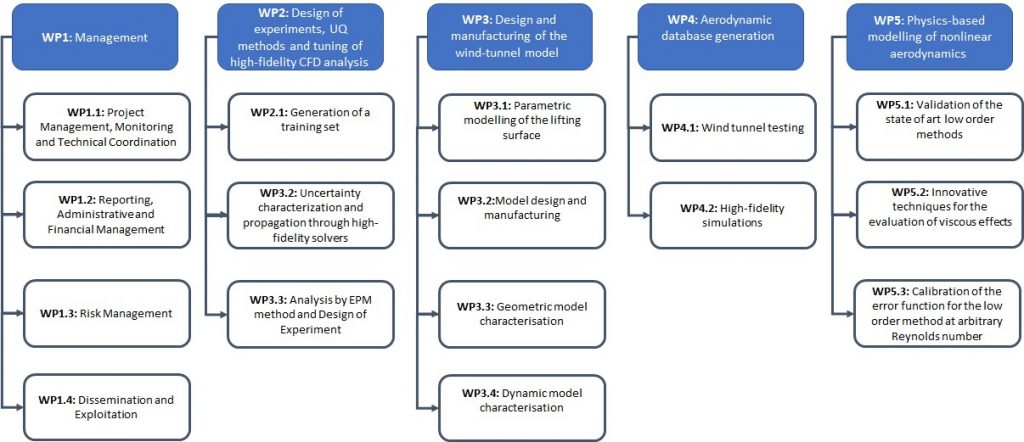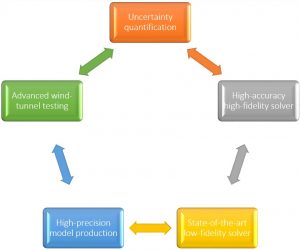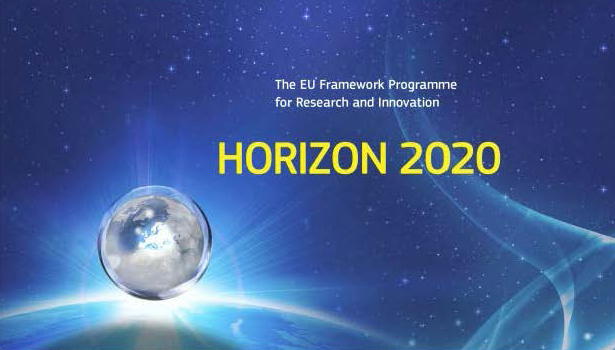MONNALISA Project. Modelling Nonlinear Aerodynamics of Lifting Surfaces.
The performance-improvement objectives sought in the Clean Sky 2 Joint Undertaking requires a departure from conventional empennage configurations and technologies that constitute the current state of the art in aircraft design. An “Advanced Rear End” component for the forthcoming generation of ultra-efficient aircraft might consist of a very compact rear fuselage and tail surfaces with planforms significantly different from those currently used in terms of aspect ratio, taper ratio and sweep angle.
In this project, we aim at developing and validating an innovative, physics-based low-order method to predict the non-linear aerodynamic characteristics of lifting surfaces with controls whose geometry could significantly differ from the usual ones. The development and validation of the method relies on a high-resolution database scanning the extensive space of design parameters required in the call: sweep angle, aspect ratio, taper ratio, dihedral angle, shape of the leading edge and presence of ice. A recently validated approach, based on the most advanced techniques of uncertainty quantification, guarantees the reliability of the database of the aerodynamic characteristics that will drive the development of the method. The aerodynamic database will efficiently mix highly accurate experimental results with state-of-the-art, high-fidelity numerical simulations and lower fidelity simulations.
The success of the project is guaranteed by the scientific quality and reliability of the partners in the consortium that have extensive experience in aerospace research projects, by state-of-the-art experimental facilities and aerodynamic-simulation open-source codes, and by a judicious use of subcontracting.







